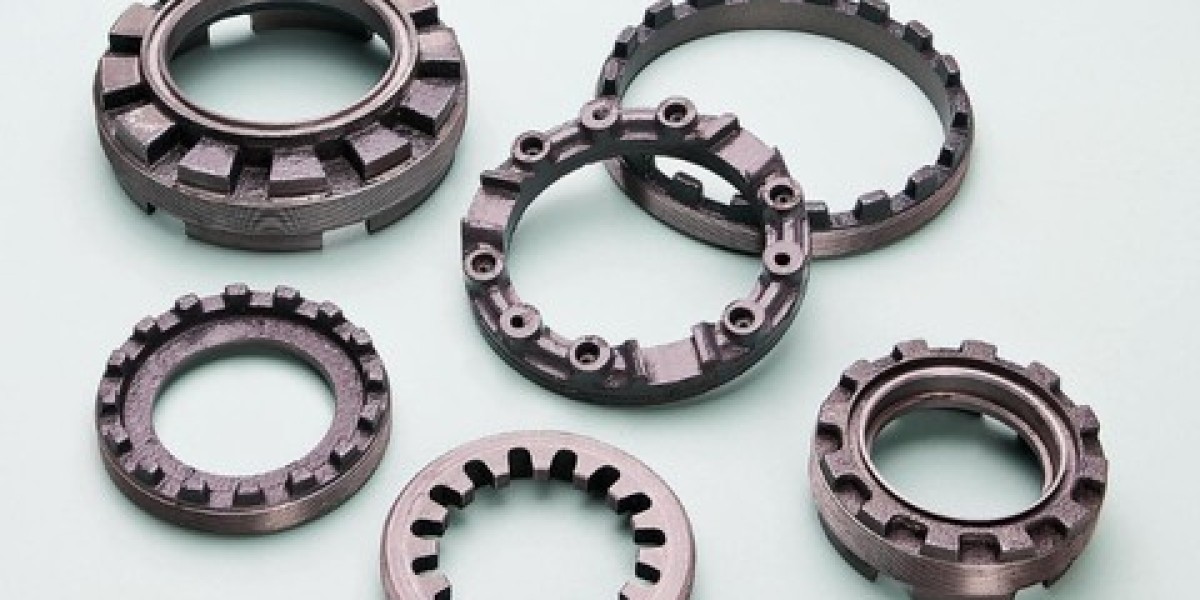Gray iron casting is a widely used method for producing high-quality metal components with excellent strength, durability, and versatility. Whether you're a seasoned professional or a novice in the field of metal casting, mastering the art of gray iron casting can significantly enhance your skill set. This guide aims to provide a detailed overview of the gray iron casting process, from understanding the materials and equipment required to the step-by-step procedures for successful casting.
Understanding Gray Iron: Gray iron, also known as grey cast iron, is a type of cast iron that contains graphite flakes dispersed throughout its matrix. This unique microstructure gives gray iron its characteristic gray color and excellent machinability. Additionally, gray iron offers high thermal conductivity, making it ideal for applications requiring heat dissipation.
Materials and Equipment: Before starting the casting process, gather the necessary materials and equipment:
- Gray iron ingots: High-quality gray iron ingots are essential for achieving superior casting results.
- Casting mold: Select or create a mold suitable for your desired component. Green sand molds are commonly used in gray iron casting due to their cost-effectiveness and flexibility.
- Crucible and furnace: Use a crucible furnace to melt the gray iron ingots to the required temperature.
- Pattern: A pattern serves as a template for creating the mold cavity. Ensure the pattern is precisely crafted to achieve accurate casting dimensions.
- Mold release agent: Apply a mold release agent to prevent the molten iron from sticking to the mold cavity.
- Safety gear: Wear appropriate safety gear, including heat-resistant gloves, goggles, and protective clothing, to minimize the risk of accidents.
Casting Process: Follow these steps for successful gray iron casting:
- Prepare the mold: Assemble the mold by placing the pattern in the mold cavity and securely packing the green sand around it.
- Preheat the furnace: Heat the crucible furnace to the melting temperature of gray iron, typically around 2400°F (1316°C).
- Melt the iron: Load the gray iron ingots into the crucible and melt them until the molten metal reaches a consistent temperature.
- Pour the molten iron: Carefully pour the molten iron into the mold cavity, ensuring a smooth and even flow to prevent defects.
- Solidification and cooling: Allow the molten iron to solidify within the mold cavity. Once solidified, remove the casting from the mold and let it cool to room temperature.
- Finishing touches: Trim any excess material and perform any necessary machining or surface treatments to achieve the desired final product.
Conclusion: Mastering gray iron casting requires practice, patience, and attention to detail. By understanding the materials, equipment, and processes involved, you can produce high-quality gray iron castings for a wide range of applications. Experiment with different techniques and refine your skills to become proficient in this timeless craft.








